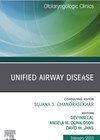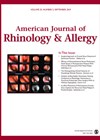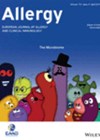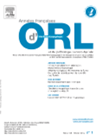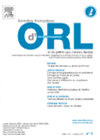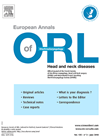
Journal Reviews
How best can we manage Samter’s Triad/AERD?
The classic ‘Samter’s Triad’ of asthma, chronic rhinosinusitis with nasal polyposis (CRSwNP), and aspirin sensitivity is now referred to as aspirin-exacerbated respiratory disease (AERD) or non-steroidal anti-inflammatory-exacerbated respiratory disease. We often come across in our rhinology setting, patients with recalcitrant...
Sinus implants to treat recalcitrant polyps
It is well established that the burden of chronic rhinosinusitis on healthcare costs and patients’ quality of life is high, and that current mainstream treatment options of oral or topical steroids are not without problems. This paper compares two RCTSs...
CRSwNP, another monoclonal antibody
Interleukins 4, 5 and 13 were shown to be important factors in type 2 inflammation, which characterises chronic rhinosinusitis with nasal polyposis (CRSwNP). In CRSwNP non-responders and those who recur short after-surgery monoclonal antibodies might be an answer. Examples include...
Widen the ostium or keep it: that is the question
The original concept of wide endoscopic sphenoethmoidectomy for sinonasal polyposis has been a well-established principle since 1995. However, with the evolution of the understanding of sinonasal physiology, this might change. The authors present arguments based on the evolutionary and developmental...
More is better
The authors reviewed 119 patients undergoing endoscopic sinus surgery for sinonasal polyposis. Of these, 45 patients were operated upon by a traditional functional technique preserving the middle turbinate and keeping its position. In addition, the second group underwent a partial...
Aerosols and polypi
Infection in the operative cavities after endoscopic sinus surgery for sinonasal polyposis leads to recurrence of symptoms and mucopurulent discharge. The usual therapies include systemic antibiotics sometimes with steroids. The authors hypothesised that the use of a topical antimicrobial (tobramycin...

